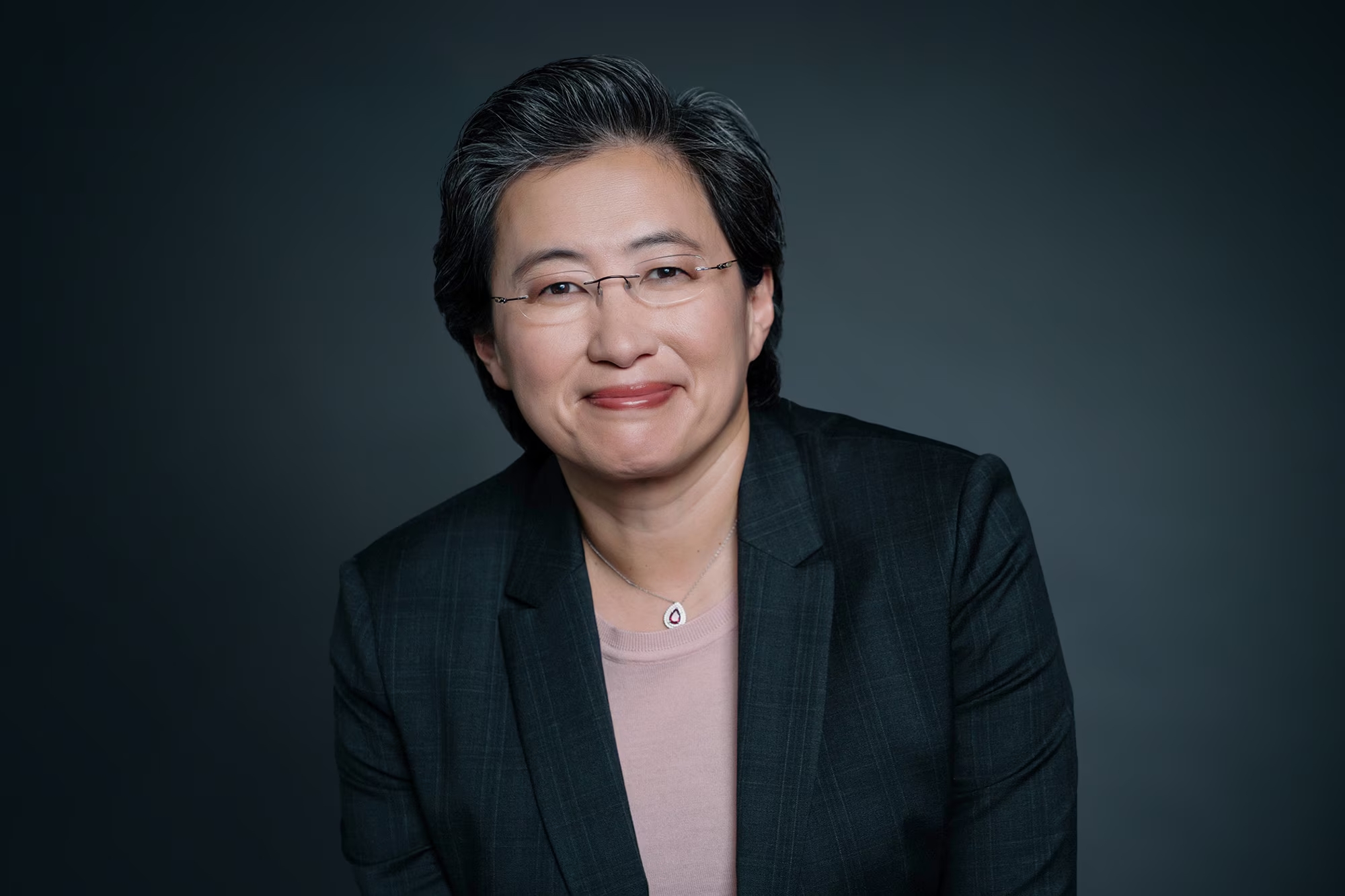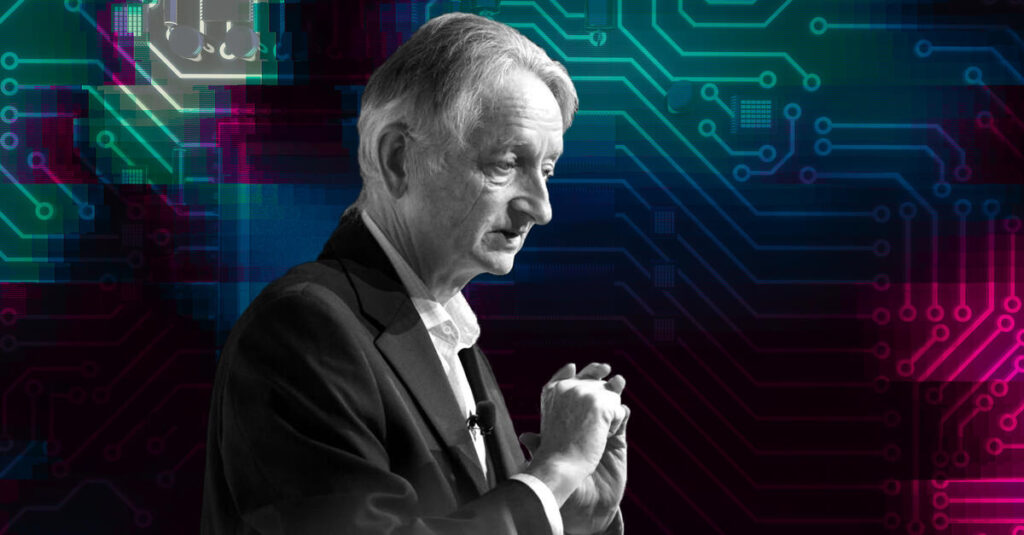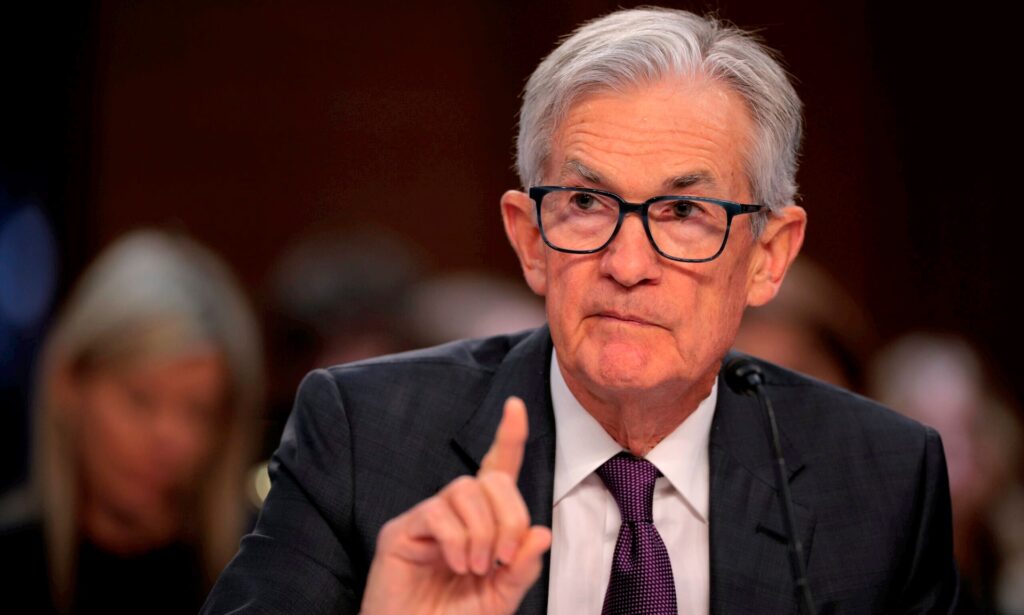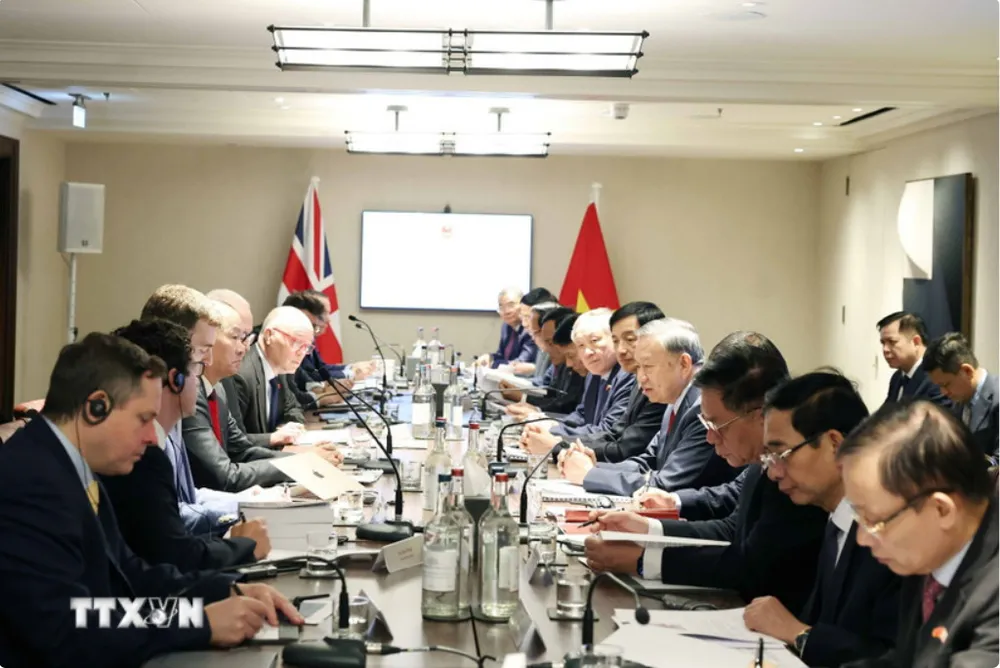AMD CEO Lisa Su: Time for the Tech World to “Think Bigger” About the AI Era

The multi-billion dollar cooperation deal with OpenAI is not just a business victory for Advanced Micro Devices (AMD); it’s a powerful statement about their position in the Artificial Intelligence (AI) race. Following this landmark transaction, AMD CEO Dr. Lisa Su has sent a clear message to the entire technology sector: it is time to “think bigger” about the transformative potential of AI, because what we are currently witnessing is merely the beginning of a decade-long growth cycle.
The “Think Bigger” Vision and a Call for Bold Action
Amidst a massive wave of AI investment that has been met with concerns over whether development speed is outpacing real-world application, Dr. Lisa Su offers a distinctly different perspective. Speaking recently to Yahoo Finance, she candidly suggested that critics might be “thinking too small” about AI.
For the AMD CEO, AI is not a fleeting tech trend or a short-term business opportunity. It is a revolutionary force, capable of reshaping the world in ways that “few can imagine.”
“You have to really look at the power of this technology—it can change the world in ways that few people can imagine,” Dr. Su emphasized.
This message is not purely philosophical; it is a decisive call to action. She confirmed that AMD is “investing at the right pace” to become a leader in the field and encouraged partners and the broader industry to seize the moment. “This is the time to be bold, and those who are bold will be rewarded,” she stated. This assertion not only conveys confidence in AMD’s strategy but also reflects a deep-seated belief in the unstoppable trajectory of Artificial Intelligence.
The Historic OpenAI Deal: AMD’s Decisive Strike
Lisa Su’s “think bigger” conviction has materialized through a groundbreaking business move: a multi-billion dollar agreement to supply AI infrastructure to OpenAI, the creator of ChatGPT.
This deal, which comes after years of negotiations between the two companies, is being hailed as one of the largest AI infrastructure transactions globally to date. Specifically, AMD has committed to providing up to 6 Gigawatts (GW) of GPU (Graphics Processing Unit) computing power to OpenAI over the next few years, starting with the high-end MI450 chip series, expected to launch in the second half of 2026.
This is far more than a simple chip sales contract. The deal’s structure indicates a deep, strategically aligned, and highly incentivized partnership. As part of the agreement, AMD will grant OpenAI warrants to purchase up to 160 million shares of AMD stock, representing approximately 10% ownership. These warrants will vest in tranches as AMD reaches specific deployment milestones, starting with the completion of the first 1GW of GPU deployment.
Dr. Su anticipates this deal will generate “tens of billions of dollars in revenue” for AMD over the coming years—a figure significant enough to fundamentally reposition the company on the global technology map. She also disclosed that the agreement is the culmination of years of discussions between the two entities.
Wall Street’s Reaction and Exponential Growth Expectations
News of the agreement immediately created a seismic event in the stock market. AMD shares soared by up to 35% on the day of the announcement and continued to climb another 4% in pre-market trading the following day. This euphoria demonstrates that Wall Street views the deal as a critical turning point, challenging the dominance of AMD’s biggest competitor.
For the past two years, AMD has been tirelessly working to break Nvidia’s near-monopoly in the AI GPU sector, a market where Nvidia currently commands up to 90% share. Analysts are already labeling the OpenAI deal as a “new chapter” for AMD in the race to define the future of global AI infrastructure.
Tom O’Malley, an analyst at Barclays, highlighted the unique “win-win” mechanism embedded in the agreement. Granting OpenAI the right to purchase AMD shares upon meeting development milestones not only secures technological commitment but also sets a clear financial target for AMD: aiming to push the stock price to $600 during the collaboration.
O’Malley estimates that if deployment proceeds smoothly, the deal could generate an additional $18 billion in annual revenue and boost AMD’s earnings per share (EPS) by an extra $3 per quarter by 2030. This is a forecast of extraordinary growth, underscoring the scale and impact of the transaction.
Sharing this optimistic view, Citi analyst Atif Malik noted that the agreement benefits more than just the two core parties. He suggests it expands opportunities for the entire AI ecosystem, particularly for related infrastructure providers. Among these, Astera Labs (ALAB), a company specializing in networking solutions linked to AMD’s new Helios platform, is seen as the “clearest beneficiary.”
Significantly, the AMD-OpenAI agreement was announced shortly after Nvidia made a $100 billion investment in OpenAI and concurrently injected an additional $5 billion into Intel to collaborate on data center and PC products. This underscores the fierce competition and the continuous shifting of alliances in the AI technology landscape. AMD is proving it is not a mere follower but a formidable competitor, ready to secure market-defining contracts.
The Genesis of a 10-Year Growth Supercycle
If the OpenAI deal represents bold action in the present, Lisa Su’s vision extends much further into the future. She asserts that the AI boom is only in its early stages.
“I truly believe this is the beginning of a 10-year growth cycle,” she stated.
This belief is grounded in the untapped potential of AI to transform virtually every industry. From finance, manufacturing, and logistics to scientific research and especially healthcare, AI’s ability to optimize processes, provide accurate predictions, and create breakthrough solutions is limitless.
In the healthcare sector, Dr. Su is particularly optimistic about the humanitarian impact AI can deliver. She commented:
“With the compute power that AI enables, we can detect and treat disease earlier, find drugs faster, diagnose more accurately, and that creates real change in human lives.”
AMD’s vision is not merely about selling chips. It is about providing the foundational compute platform to solve humanity’s greatest challenges, from climate change to chronic diseases. AMD’s role is to equip scientists, researchers, and enterprises with the necessary tools to realize these capabilities.
Conclusion: Repositioning AMD in the Age of AI
The historic partnership with OpenAI is the clearest manifestation of Lisa Su’s “think bigger” strategy. It solidifies the conviction that AMD is not just a chip company but an architect of the infrastructure for the future of Artificial Intelligence.
In a race where every Gigawatt of GPU power and every Teraflop of performance can determine market leadership, AMD has secured one of the world’s most critical customers, laying the groundwork for massive revenue streams and a core strategic position within the AI ecosystem.
With projections of a decade-long growth cycle and a deal potentially yielding tens of billions of dollars, Lisa Su’s message has been forcefully delivered: The AI era has only just begun, and AMD holds the necessary tools to lead an indispensable part of this revolution.
The tech world, and indeed the entire global market, will be watching to see if AMD can transform these bold investments and agreements into reality, permanently disrupting the market dominance and reshaping the future of global AI computing.













